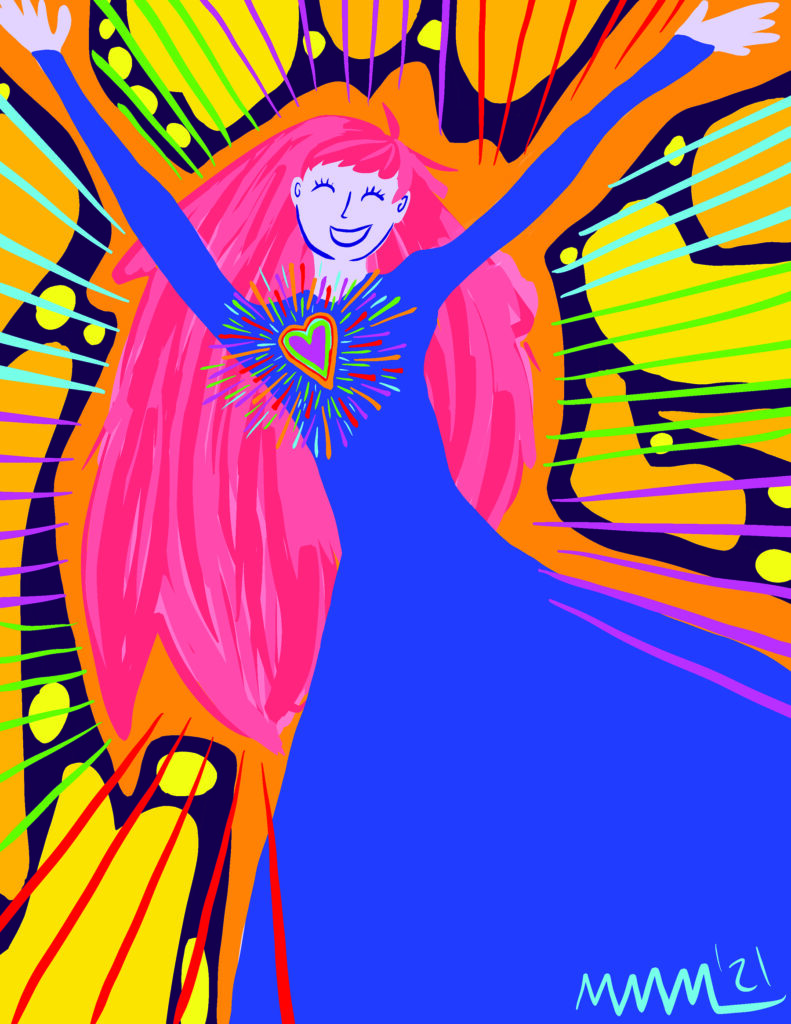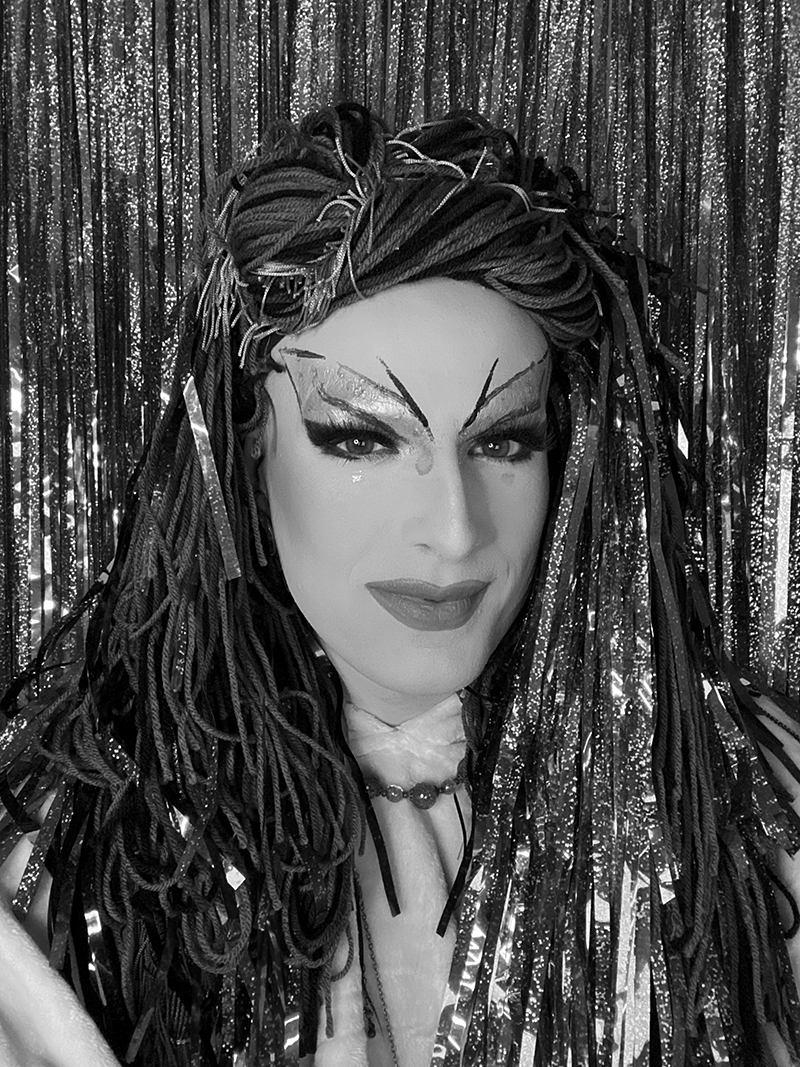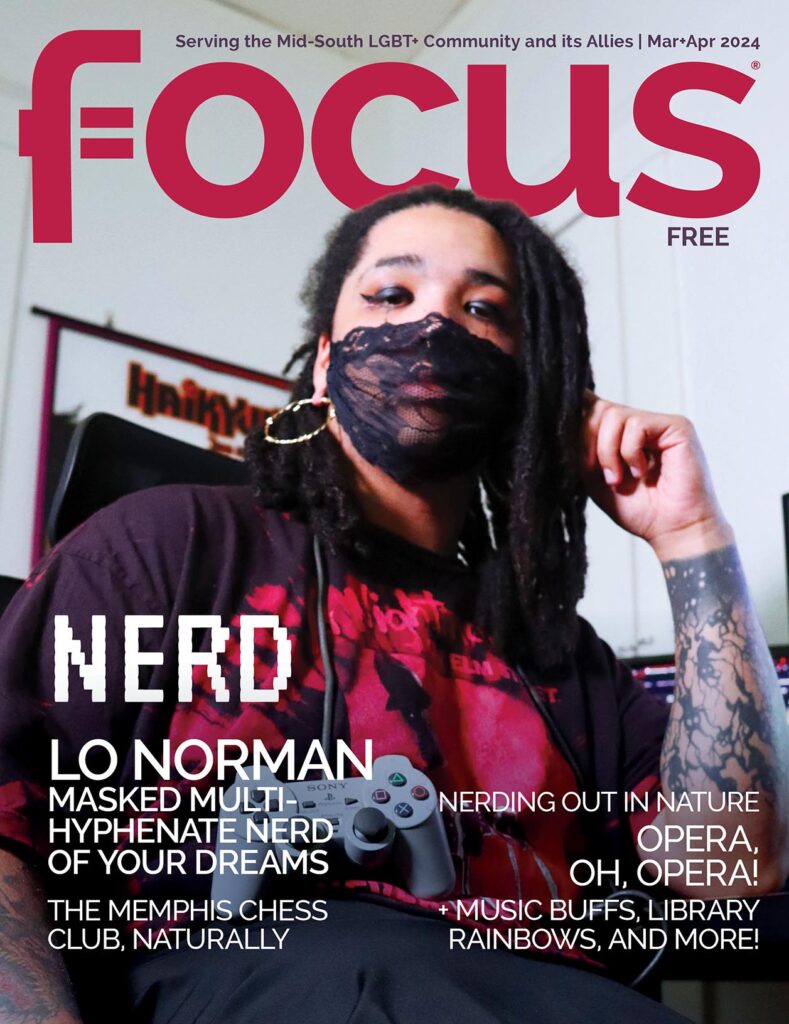story and illustration by Moth Moth Moth
Hi Friends, this article was written after being inspired by the work of Dr. Takiyah Nur Amin, specifically her lectures about embodiment and the way that liturgical dance can open possibilities to re-contextualize the way that people worship. Katie Smythe, CEO and Artistic Director at New Ballet Ensemble and School, also gave us some quick foundational information about liturgical dance via Facebook.
I have a cousin who’s a vet. She’s also a former rodeo star. As kids while I was living sedentary adventures inside the screen of a Game Boy, she was guiding giant beasts around colorful barrels and clowns. Scrappy is how my Mother would oft describe her.
But just as every little gay guy goes through a hair school phase, she went through some eras where performing song and dance seemed like they may compete with her chestnut- colored companions. I recall a couple of holidays where she had written special songs to perform in a voice that I did not possess being the tone-deaf one in a clan of mostly singers. But for a time, my good rodeo riding cousin was a dancer. But only in church.
We were probably in the 4th or 5th grade when I saw her perform. Up until this point dancing in a church didn’t seem like something that happened in my very Caucasian blood red Methodist church. But a young girl in a blue dress interrupted that status quo.
Framed by only dark red, gilded gold, and mahogany my cousin planted her feet and lifted her arms in sweeping movements. Throughout the performance she darted around the pit, swirling, twirling, and then folding to the ground. It was the most poetic side I’d seen of my cousin outside of the realm of the equine.
Liturgical dance is a new phrase to me, though the movement vocabulary has long been in my mental portfolio since my rodeo star cousin did her dance. A dance done in worship is the definition. Wide movements that look like energy bending. Strides that took her across the floor and into the next arch of story within the song. The focus is on modest and intentional movement. Sitting in a pew, wearing a shirt from Old Navy with flaming tikis on it I found myself a little jealous. There was a crumpled up print off about a hiphop class in my desk back home. I didn’t feel like I was allowed to dance.
According to some of the boys from my school it was a major sin to dance at all – let alone in a church. My cousin’s dance showed me that art belongs anywhere.
When I grew up to become a drag queen, artist, and yes — my own kinda tiny dancer, I found myself thinking about sweeping catalogues of movement. Everyone else my age in drag was learning to split, dip, and buck; meanwhile I’m in my apartment watching videos of Kate Bush performing “Running Up That Hill” or clips of entire congregations dancing together in worship. Within liturgical dance theory there is room for expanding the way that we relate to the divine. That worship is an act of both thought AND embodiment. Liturgical dance creates a space for people to feel what they feel and express in ways that are joyful and healthy. Now, according to Google, most often this form of dance is generated in a Christian subtext. My own early experiences with the form were all through churches and youth programs.
But just as drag has been around as long as there have been banana leaves and crushed berries, trying to use one’s body as a satellite to commune with the universe isn’t an invention of organized religion, it is a natural outcropping of our need to close our eyes and feel close to a Big Spirit. In my world these two art forms can pair well with one another. When onstage, with sparkly garments and hair, I too am trying to feel close to the Universe. Twirling and mouthing Paloma Faith songs is fun of course, but there is a deeper thing that myself and many drag artists are trying to do. Pull something spiritual out of the earth. Pull something comforting out of the sky. Don’t forget the words to your Celine song girl!
I never danced as a kid. But I found God in Dru’s Place, wearing an emerald green dress from Cold Water Creek and dancing to track #1 from No Doubt’s Tragic Kingdom. And because of that, I think all humans are meant to be liturgical dancers.
Drag Queens and liturgical dancers have this in common. When we dance, it is not a space in which we are dancing for you. Or for god or the aliens observing us through viewing globes on the other side space and time – we are dancing with you, with ourselves, and with the spirits that give our hearts brightness. Dancing with Universe.




